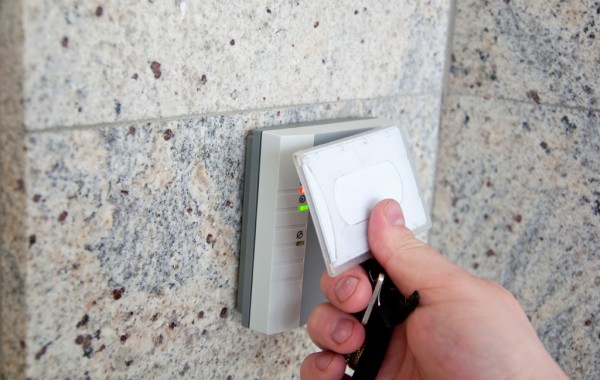Today’s enterprise access control systems offer a wide variety of choices in terms of size, features, functions, and price points. With networked platforms driving demand for higher-level systems that offer increased integration and scalability, innovation continues to come rapidly to access control systems providing users with greater situational awareness and more heightened security.
With the many variables to consider, selecting an enterprise access control system, whether for a new installation or legacy system upgrade, can be confusing and overwhelming, particularly for users who may never have given a thought to access control in the past. However, just knowing what to consider and evaluate will take much of the difficulty out of the process.
Often, the biggest mistake people make is not fully understanding the requirements a system will be tasked with meeting. So before the selection process can begin, there has to be a clear notion of just what the system is expected to accomplish. This includes not only what end users want from their system but also any legal, regulatory, corporate, or other requirements.
Having specific goals in place provides a better understanding of the size, scope and type of system that will be needed. At that point, the following four factors will help you select the best enterprise access control system for your needs.
Flexibility.
Every organization is different, which also means no two facilities or access control installations are the same. This also goes for different locations of the same franchised business. They may have been built using the same construction and design models, but there will always be subtle differences between them. Given these differences, it’s a challenge to find an off-the-shelf, one-size-fits-all access control solution that will provide the individualized functionality and versatility each location requires. However, there are access control providers who have built their businesses and their solutions on the premise that an access control system should cater to the specific needs of end users and installations, regardless of size, scope, number of locations or geography. These top-level solutions can be easily programmed to satisfy the requirements of a specific application, end user, or vertical market.
Backward Compatibility.
Across the U.S., there are tens of thousands of access control systems already installed, and despite being out dated, many are still doing a fair job. While some might advocate a “rip and replace” approach to upgrading these systems, many times that’s simply not feasible. Thankfully, there are alternatives that allow these systems to continue to use the existing legacy cabling and equipment by upgrading the access control system software. And while some manufacturers’ newest software versions aren’t even compatible with their own legacy hardware, fortunately, there are software solutions that will be backward compatible with many new or legacy controllers. An added bonus is that the advanced architecture of these backward compatible solutions enables systems to be operated as a managed service in facilities with multiple tenants.
Functionality.
By combining solidly built hardware with a variety of robust software-based capabilities, access control systems allow users to monitor a facility and share data with other systems from a single platform. Personnel data can be used to populate and program card data fields, while active directory support enables real-time identity management, individualized identity-based door access, and the ability to generate specific reports for each screen view or credential holder. In many instances, users can get the information they need when it is most convenient for them.
Budget.
Budget constraints play a major role in all decisions today — including security — making it imperative to seek out solutions that offer performance at a price point that is both cost-effective and cost-sensitive. Look for manufacturers who offer numerous options for system communication infrastructure, ranging from affordable alternatives that accommodate legacy infrastructure to the most state-of-the-art options.
There are several other factors involved in selecting an enterprise access control system, but these are the four main points that will provide the best insight into the system with the greatest functionality, reliability and scalability for your specific situation — at a price point that fits into the established budget.
-

Door Panels
Video door entry consists of both outside and indoor elements: a outdoor panel on the outside, an electronic lock release…
-

Locking Hardware
A lockset (alternatively lock set) is the hardware and components that make up the locking or latching mechanism that can…
-

Proximity & Card Reader
A proximity card or prox card is a "contactless" smart card which can be read without inserting it into a reader…
